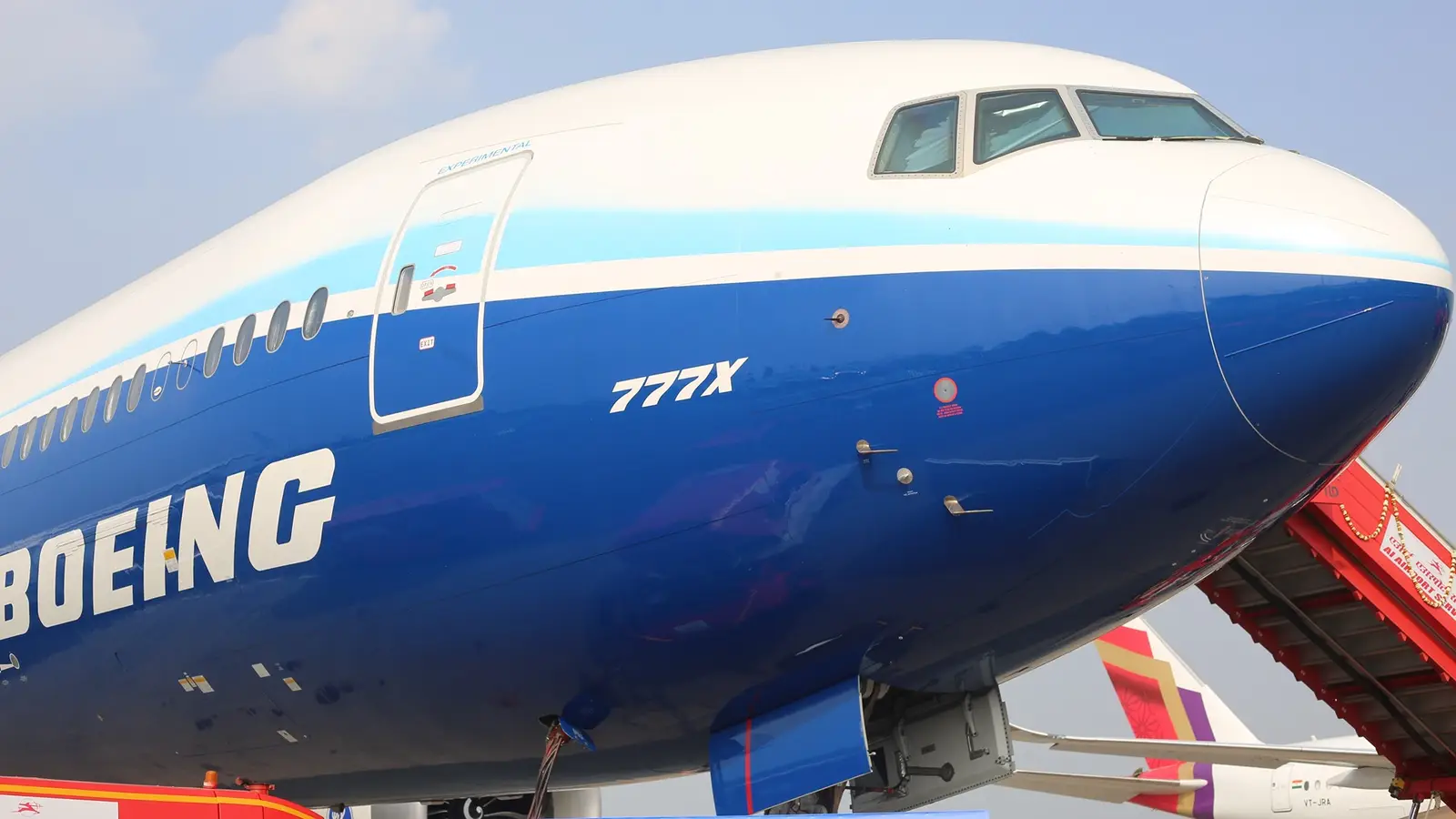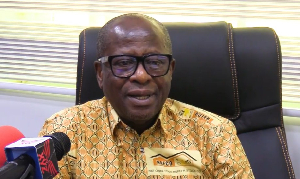Copyright Simple Flying

Originally slated to enter service in 2020, the Boeing 777X has yet to make good on its promise to herald the future of widebody jetliners. Boeing has faced hurdle after hurdle as a company in the past several years, with the 777X program suffering for it. The latest update in the saga of the 777X reveals that further delays have dealt a blow estimated to cost $5 billion to Boeing’s bottom line. The charges associated with the chronically delayed jet have now accumulated to $15 billion in total, according to Reuters. An Uphill Battle The Boeing 777X is seven years behind its original schedule and needs to complete the final stages of a certification process that been increasingly made more demanding by the Federal Aviation Administration (FAA). With an initial target for delivery in 2020, Boeing announced the latest delay to 2027 in its third-quarter 2025 earnings report. The heightened scrutiny by the FAA as well as fear of another quality assurance (QA) failure irreparably harming the company’s reputation has compounded the technical complexities of the jet’s development. The 777X will be the largest twinjet in history, but its sheer size isn’t the most impressive aspect of the design. The GE9X engines will be the most powerful turbofans ever fitted to a jetliner, and the industry-first folding wingtips have never been tried before. As the plane slogs through a certification process with an ever-shifting finish-line, customers are growing impatient. Reuters relayed that, in September, CEO Kelly Ortberg said that the embattled planemaker had a "mountain of work" left to do on the 777X, going on to say: "We still have a significant portion of the flight test certification program to go." Boeing’s Struggle The fatal mishaps of the early 737 MAX 8 jets that killed 346 passengers and crew on two planes within six months in 2019 are largely the cause. The Lion Air and Ethiopian Airlines crashes sparked the longest grounding of a commercial jet type in history, lasting 20 months. Since resuming production, Alaska Airlines also lost a door, midair, on one of its planes in 2024, further damaging trust in the maker. Sliding the 777X debut to 2027 has been calculated as a non-cash accounting charge of between $2.5 billion and $4.9 billion, by Bloomberg. That compounds the other losses that Boeing has incurred from programs like the 777X and the flailing pair of next-generation Air Force One jets. As the 777X, 737 MAX 7 and MAX 10 struggle to push through certification, even the defense side of Boeing’s business is having trouble with strikes at some of its key facilities. The company was awarded the sixth-generation fighter contract for the US Air Force by President Trump, but the core labor pool of skilled fabricators and technicians in the St. Luis area has been at odds with management for much of the year. The Promise Of The 777X Despite the difficulty of its path to production, the 777X is a harbinger of the future to come in commercial flying. The plane will be the successor to both the iconic 747 jumbo jet and Airbus A380 super jumbo. It will replace the double-deckers as the largest airliner on the market and provide enormous capacity in the efficient package demanded by the aviation market of the 21st century. Its incredible folding wingtips lengthen the wingspan by 11 meters to improve fuel burn in flight but still access the same airport facilities as the outgoing 777. Meanwhile, the gigantic engines will be more powerful, cleaner and leaner burning, as well as quieter thanks to innovative design by GE Aerospace. The plane may not be able to haul the kind of outsized cargo that its quadjet predecessor can, but for a world where fuel efficiency is the first and last concern, the 777X is the best tool for the job. Passenger service is the main focus for any airliner design, and it that field it will excel, even beating the competing Airbus designs by 10-15% operating costs.



